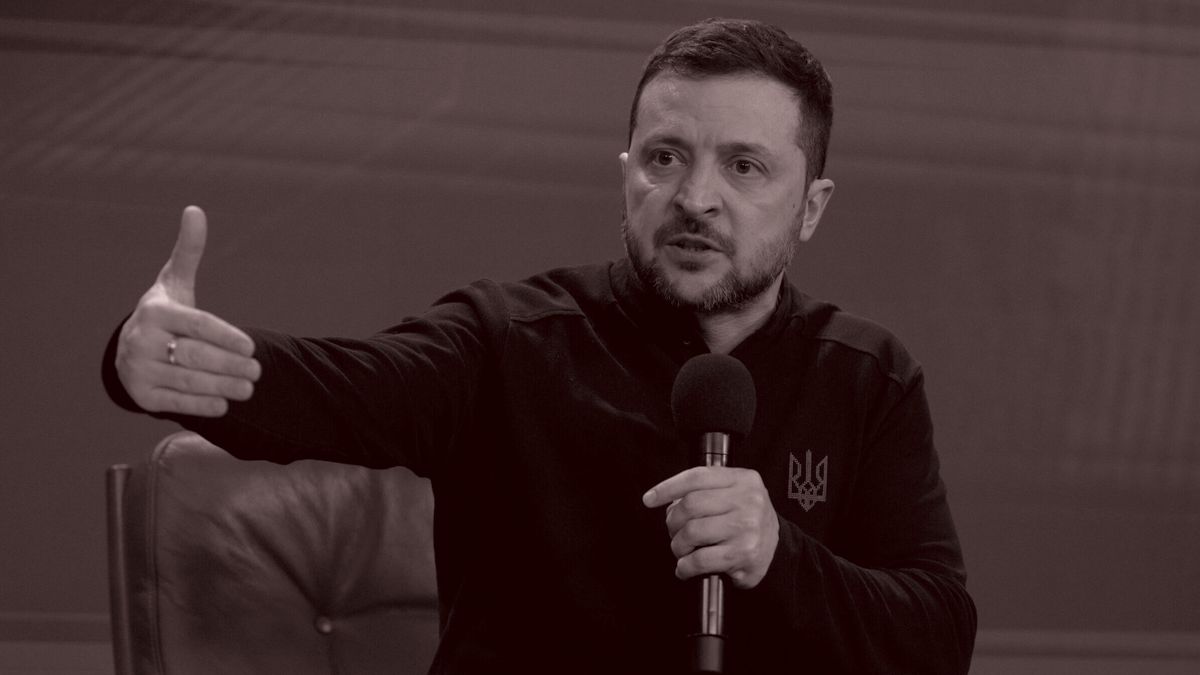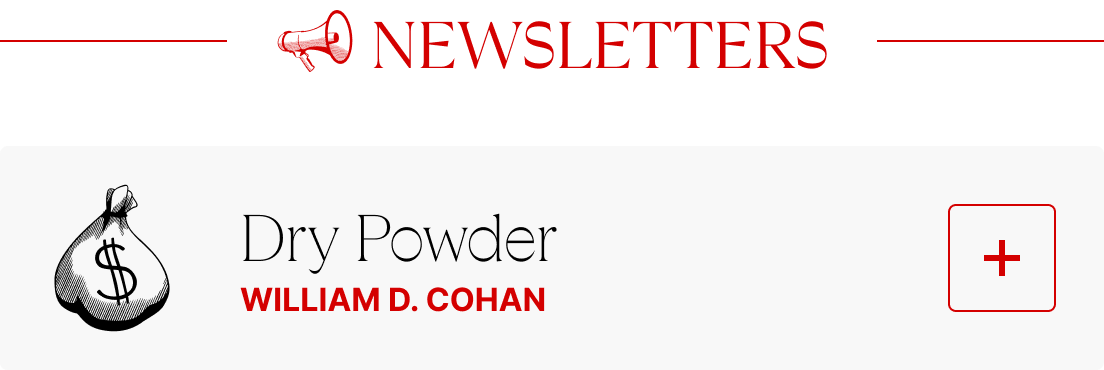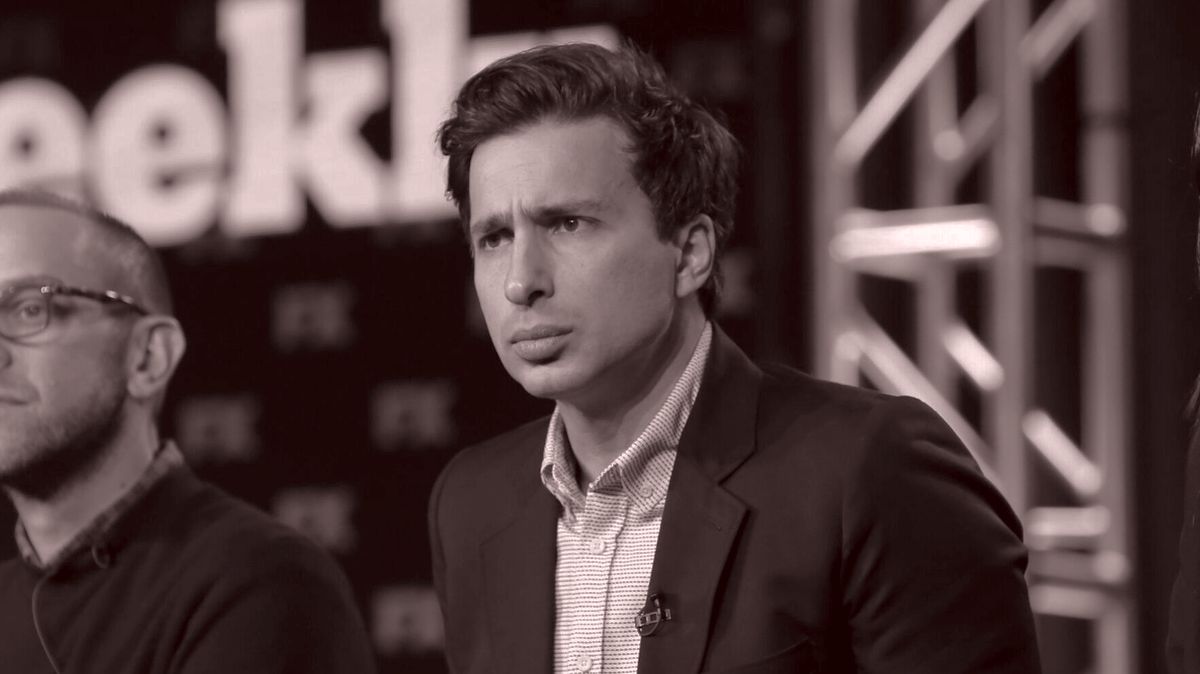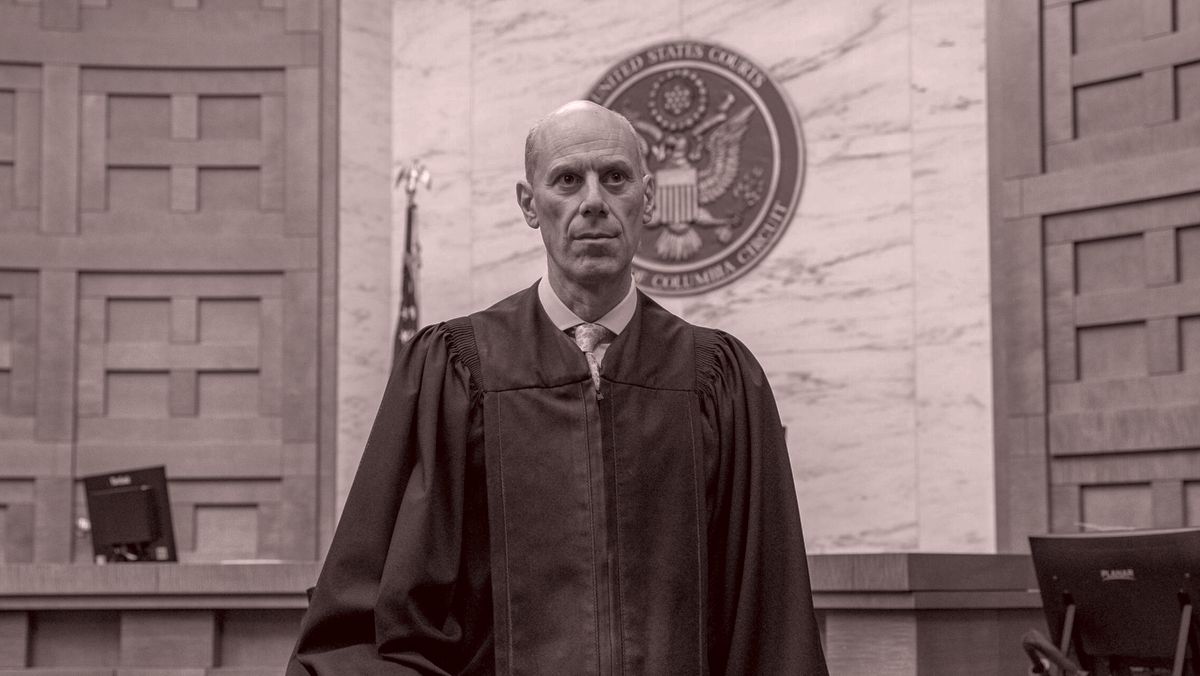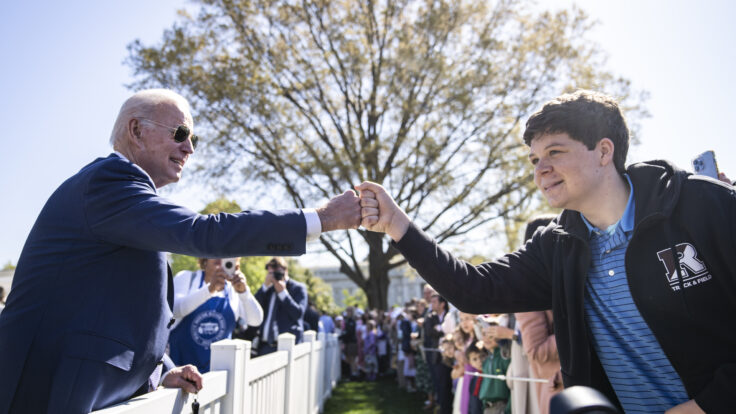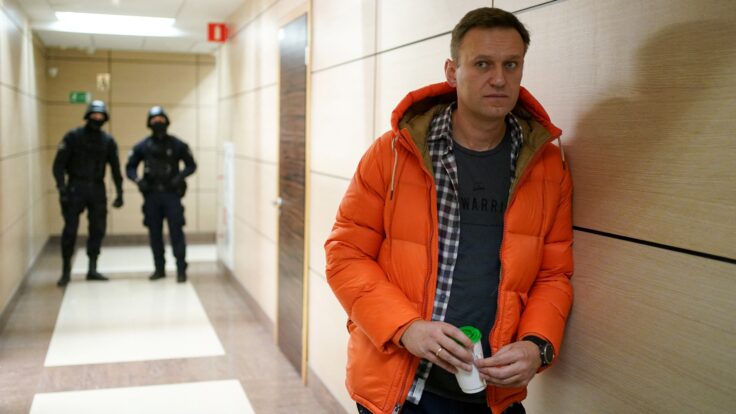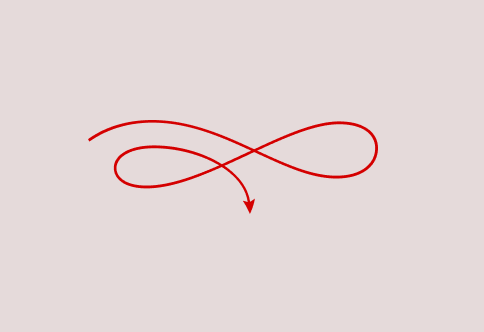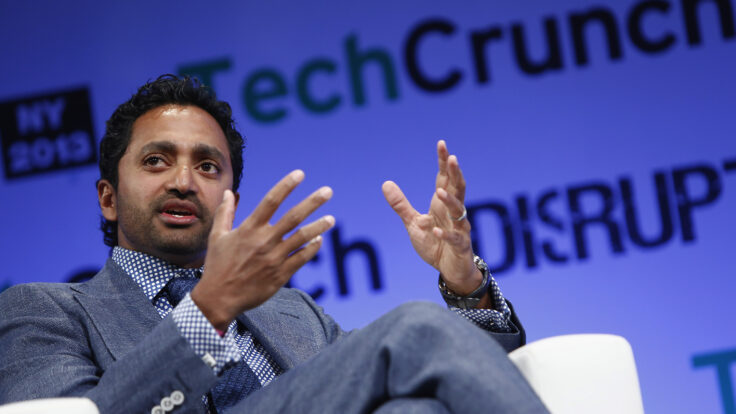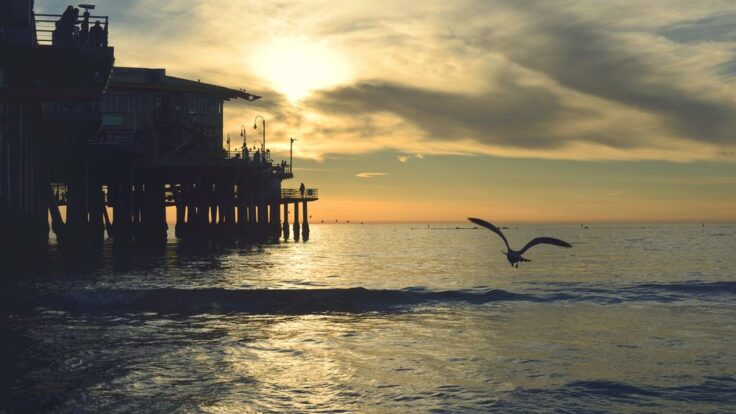Hello, and welcome back to The Best & The Brightest. It’s foreign policy Thursday and I’m your
host, Julia Ioffe.
Today, a look at Zelensky’s new post–Oval Office negotiating strategy. But first, here’s Abby with an update on the wave of retirements that’s about to break over the House…
|
|
|

|
Abby Livingston
|
|
It’s never too early to start handicapping the midterms, especially with angry town halls over everything
from DOGE and tariffs to the stock market sell-off offering an early indicator of Democratic energy. But another classic electoral indicator—House retirements—may signal less than meets the eye this time. Indeed, retirements tend to pile up for the party most worried about the midterms. But I’m hearing that significant numbers of House Dems may retire this year, even as the party expects to win the majority in ’26.
In a wave year, there are usually three types of retirements:
vulnerable members who know the environment is so grim that they have no chance at winning reelection; normally safe members who see the same writing on the wall and decide against the indignities of another campaign; and committee leaders who conclude it’s not worth going without their gavel in the minority. By this logic, given that the party controlling the White House usually fares poorly in the midterms, we might expect to see more retirements on the Republican side heading into
2026.
But over the next nine months or so, we should actually see more Democrats retire, for reasons unrelated to the political climate. The Republicans susceptible to retiring have largely done so, or lost their seats in the 2018 blue wave. Others were termed out of committee chairmanships or self-deported, so to speak, rather than kowtow to Trump. Democrats, meanwhile, are facing an unprecedented revolt both from voters and their colleagues on Capitol Hill over the geriatric
state of the party’s leadership. Over the next few months, we will likely start seeing organized, well-funded primary challengers emerge against Democratic incumbents who haven’t faced competitive primaries in years, or even decades.
For some House Democrats, the sudden prospect of having to modernize their campaigns and raise millions of dollars might make running for reelection seem far less appealing. Basically, every Democrat over the age of 75 who’s not named Nancy
Pelosi (the exception to every rule), Rosa DeLauro (who has demonstrated leadership in the spending fights), or Marcy Kaptur (too valuable in her Ohio swing district) falls under this rubric.
Expect retirements to pick up somewhere between the late summer and late fall. By then, incumbents will have a sense of the quality and fundraising prowess of their primary or general-election opponents. The six-week August recess is a busy retirement time,
and Thanksgiving through January is another, as members get prolonged feedback from within their districts—and from beleaguered spouses who have finally had enough.
|
|
|
Trump’s ceasefire team is getting a crash course in Putin’s bad-faith diplomacy. With the
slow pace of Europe rearmament, Zelensky can only hope the White House loses patience with Moscow before Ukraine’s stockpiles run out.
|
|
|
On Tuesday, President Trump spoke to Vladimir Putin to offer him what
the Ukrainians had agreed to in Jeddah: an unconditional 30-day ceasefire. After making Trump wait for an hour, in classic Putin fashion, the Russian president rejected the offer. Instead, he parried with a conditional ceasefire, limited only to energy infrastructure. One person joked to me this was essentially, “Yes in theory, but no in practice.” Trump, determined to spin
this as a win, got on the horn with Ukraine’s Volodymyr Zelensky and offered him the whittled-down ceasefire. Zelensky agreed, and Trump had two more perfect phone calls on the books. Given his statements, he seemed to
believe an end to the war was in sight.
Except that, of course, things immediately got hairy. Putin made a big show of giving orders to his military to stop attacks on Ukrainian energy infrastructure, but minutes after he and Trump hung up, Russian drones pounded the Ukrainian capital and took out power in a city in the east. Putin’s perpetually bemused, mustachioed spokesman then told
the world that Russian drones hadn’t actually hit Ukraine, that Putin had called them back while they were in the air, and that the Russian air force even shot some of them down, all to keep good faith with the American president. (This was, you’ll be shocked to learn, not true; the attack in fact lasted a good five hours.)
Ukraine responded shortly
thereafter, hitting an oil depot in Russia’s south. (“We can’t have a situation in which Russia hits our energy sector and we remain silent,” Zelensky said. “We will respond.”) Russia responded to the response with a massive wave of drone strikes across Ukraine, saying falsely that Ukraine’s attacks had been unprovoked and were proof of its untrustworthiness. In the meantime, preparations to negotiate the terms of this
ultra-limited ceasefire seem to be continuing apace—though representatives for Moscow and Washington are naming different days, and different Saudi cities, for the talks.
If you don’t see where this is going, I laid it out last week: endless negotiations that Putin will use to stall for time, while extending the war as Trump continues to browbeat Ukraine rather than Russia.
Which makes me wonder whether there are diminishing returns to Zelensky’s attempts to ingratiate himself to an American president who would rather team up with his enemy. It feels like watching a friend try to get back together with an ex who dumped them in the most humiliating fashion and has already struck up another romance. Why continue groveling to get what this person will never give you? If the Trump administration is pushing Ukraine out the door and into Europe’s arms, why resist? Should
Ukraine, as even some in the D.C. foreign policy community have advocated, abandon the great American hope and throw their lot in with the Europeans?
|
The most vocal pro-Ukraine proponent of giving in and pivoting toward Europe is CrowdStrike co-founder and
Silverado chair Dmitri Alperovitch, who points to Ukraine’s own manufacturing capabilities, and the Europeans’ increased defense spending. In fact, Ukraine now makes a lot of what it needs for day-to-day combat, like drones and landmines, because the war has changed from where it was in its first year. Back then, it was an artillery game; now it’s a defensive fight of
attrition on the Ukrainian side.
For the rest, Alperovitch argues, Europe is finally stepping up. Germany just overwhelmingly passed a massive defense spending hike. France is
launching a defense fund. The E.U. is working to double its aid to Ukraine. The Poles are stepping up defense production, too. And what the Europeans can’t make, like Patriot interceptors and HIMARS, they can buy from America. So why should Zelensky keep beseeching the Trump administration for help it doesn’t want to give?
Why not, as some others have advocated, accept the obvious, and take Ukraine’s destiny into his own hands? “They don’t need America, but psychologically, they’re not willing to accept it,” Alperovitch told me. “The idea that the U.S. won’t be there at all for them is hard for them to accept.”
In part, that’s because accepting this reality would mean giving up hope of retaking their territory. Ukraine would need to shift to a purely defensive strategy and commit, in Alperovitch’s thinking,
to a kind of Taliban– or Viet Cong–style strategy, where the Ukrainians spend decades, if necessary, grinding down Moscow’s army and willpower. But the Ukrainians are not the Taliban, and few would want to commit to a brutal forever war.
Moreover, after three years of full-scale conflict, the European defense projects are still somewhere in the pipeline and, as Alina Polyakova, head of the D.C. think tank CEPA, put it to me, “they’re not in a war mentality yet.” Europe’s
own politics are shaky, with Italy and Spain holding up the E.U. aid package and with European MAGA biting at the heels of France’s Emmanuel Macron, Germany’s Friedrich Merz, and the whole pro-Ukraine bunch.
As for Europe’s ability to buy American
equipment for Ukraine, no one knows whether the Trump administration would actually allow that. If the president doesn’t want the U.S. to finance the war, that’s one thing. If he doesn’t want the war to continue at all, that’s another.
And there are some very important things Ukraine can’t live without and that Europe can’t provide. If Ukraine can’t get American air defense systems, American intelligence, and American military and weapons planning, it will ultimately lose the war, perhaps
even this year. Ukraine, in other words, still needs the United States, even if it has adapted and taken major strides toward self-sufficiency. “If you want to break up, but you can’t, because the dependency is so intense,” Polyakova said, gamely going with my analogy, “it’s smart to try to repair that relationship—even if it feels abusive at times.”
Despite all the American bluster that Ukraine should pull itself up by its bootstraps and look to the continent it wants to join—whether
it’s coming from a Ukraine-skeptical Trump administration or Ukraine supporters like Alperovitch—the Europeans themselves are not ready to commit. In fact, it seems that they’re the ones advising Zelensky to try to get back together with Washington. “It’s the European position that they should play it this way,” one D.C.-based Ukraine observer told me, pointing to Zelensky’s trip to London, which directly presaged his strategy of Trump appeasement. “If Britain and France were so confident that
there was an alternative, they wouldn’t be advising them to do this.”
|
Zelensky’s new strategy, after the Oval Office dust-up of late February, reflects his own understanding of
the potential for mutual destruction in the Trump-Putin relationship, which looks a lot like the fable of the scorpion and the frog. The scorpion—in this case, Putin—asks Trump, the frog, for a ride across the river and promises not to sting him. But, of course, the scorpion can’t resist stinging him; it’s just in his nature. Trump famously overused a version of this story in his first presidential
campaign to warn audiences against trusting immigrants, so it’s ironic that, after all his warnings to others to guard against the bite of betrayal, he is opening himself to exactly that by trusting Putin. And Zelensky’s strategy is just to placate the frog and wait for the inevitable scorpion sting.
In Kyiv, as in the D.C. foreign policy establishment, there are no illusions about Putin’s intentions. Barack Obama’s 2009 reset with Russia—ignoring the invasion of Georgia,
and the killing of dissidents, so Russia could help with the Middle East, and the U.S. could pivot to Asia (sound familiar?)—ended with Putin’s 2014 invasion of Ukraine. What followed was a laboriously useless, eight-year “peace process” that culminated in the February 2022 invasion. That should also have incinerated any illusions that Russia truly wants to negotiate a peace deal that doesn’t involve dismantling Ukrainian sovereignty entirely. This time is no different. “The Russians aren’t
interested in a ceasefire, and are just stalling for time,” said the D.C. observer. “That’s obvious to everyone.”
To everyone, perhaps, except the Trump administration. It may be Trump’s second go at this commander-in-chief thing, but this policy feels very first-term, I-alone-can-figure-out-Russia—even if one of Trump’s failed predecessors was Trump himself. Perhaps he feels more blindly confident now because his staffing is different. Gone is Fiona Hill, the
Russia guru who just told Foreign Affairs that Trump usually missed Putin’s mockery because it got lost in translation. Gone are John Bolton, H.R. McMaster, and really anyone who knows Russia. In part, that is at Putin’s behest. Trump shrank special envoy Gen. Keith Kellogg’s remit to just Ukraine after Moscow
accused him of being “too close to Ukraine.” Now Kellogg, who actually knows a bit about Russia, has been replaced by Steve Witkoff, who knows a lot about real estate.
So everyone in Washington who knows Russia, and knows what Putin is going to do here, has been deliberately excluded, in favor of
those for whom this is all new. And those rare few who should know better, like Marco Rubio, recognize that their political survival depends on playing along with their boss’s delusions. Unlike in Trump I, the entire Trump team seems to think that Putin is negotiating in good faith and shares their stated goal of ending the war in Ukraine through a settlement—a compromise in which both sides give up something and both sides get something. “The Russians
have played it very skillfully, but it’s not something they can play indefinitely,” said the D.C.-based Ukraine observer.
Eventually, Ukraine’s D.C. backers hope Putin’s run-around will wear Trump out. At that point, Trump will get frustrated or bored—or both. There is precedent, they argue. In 2019, Trump cut short his much-hyped summit with Kim Jong Un when the North Korean leader’s demands proved too maximalist and Trump determined there was unlikely to be a deal. Will
he eventually do the same with Putin? That remains the hope among Ukraine’s allies in D.C., who squint past the inevitable question of what happens to Ukraine after Trump gets sick of Putin’s bullshit. “It’s smart for the Ukrainians to bend over backward, to be accommodating, to show that they’re not going to be the problem: We’re going to jump at every opportunity to show that we’re a value-add partner. And then let Putin be Putin,” said a Republican foreign policy insider. “At the end
of the day, he’s the scorpion. The Ukrainian strategy is to bet on the scorpion—that sooner or later, the scorpion won’t be able to resist.”
|
That’s all from me, friends. I’ll see you back here next week. Until then, good night. Tomorrow will be
worse.
Julia
|
|
|
Join Emmy Award-winning journalist Peter Hamby, along with the team of expert journalists at Puck, as they let you in on the
conversations insiders are having across the four corners of power in America: Wall Street, Washington, Silicon Valley, and Hollywood. Presented in partnership with Audacy, new episodes publish daily, Monday through Friday.
|
|
|
Unique and privileged insight into the private conversations taking place inside boardrooms and corner offices up and down
Wall Street, relayed by best-selling author, journalist, and former M&A senior banker William D. Cohan.
|
|
|
Need help? Review our FAQ page or contact us for assistance. For brand partnerships, email ads@puck.news.
You received this email because you signed up to receive emails from Puck, or as part of your Puck account associated with . To stop receiving this newsletter and/or manage all your email preferences,
click here.
|
Puck is published by Heat Media LLC. 107 Greenwich St, New York, NY 10006
|
|
|
|

